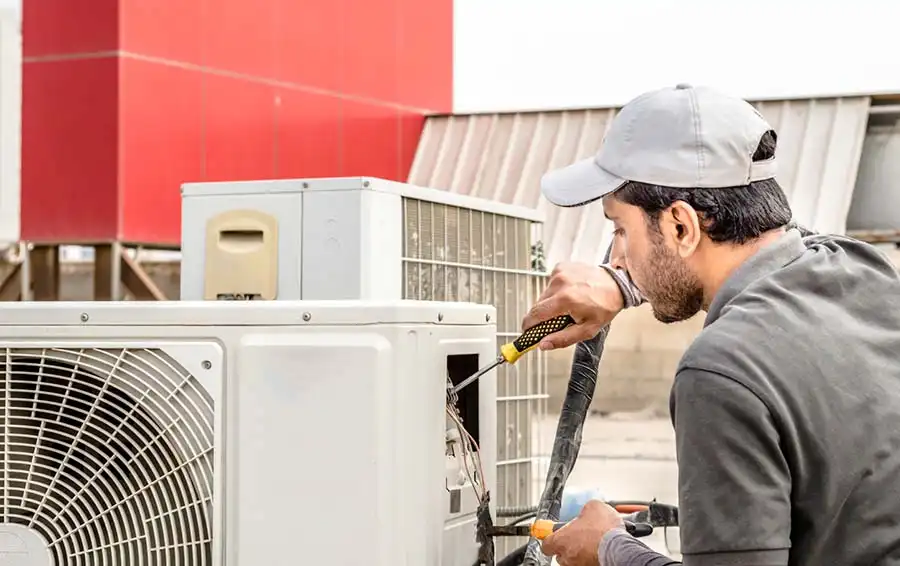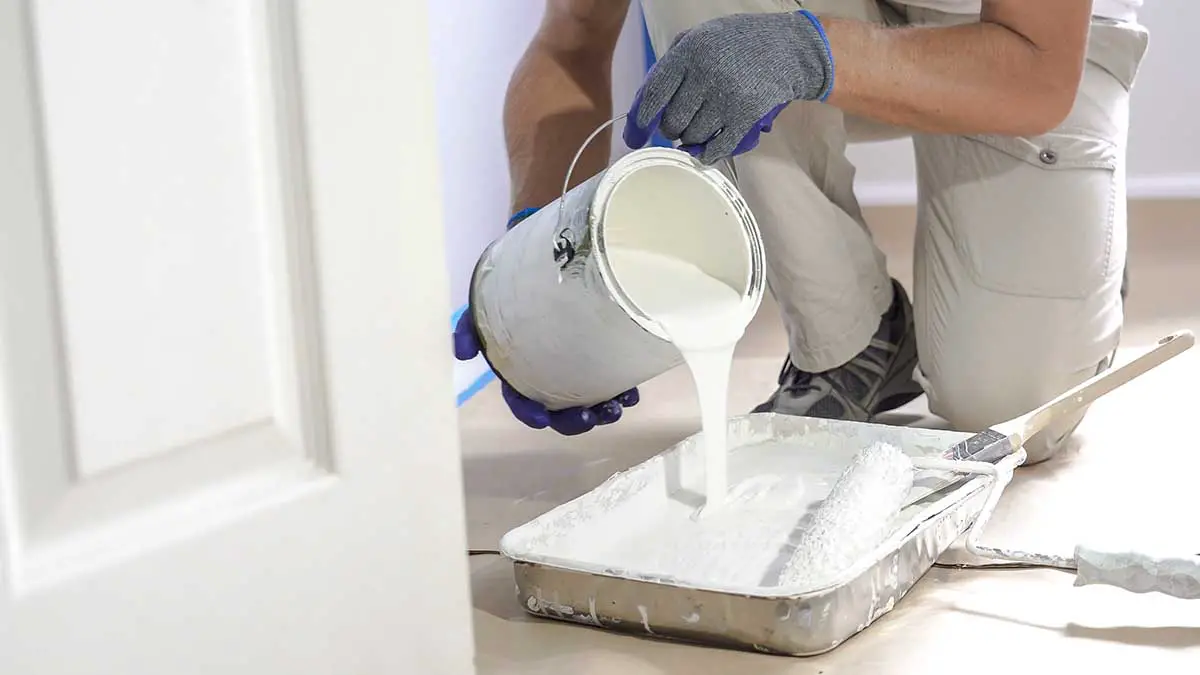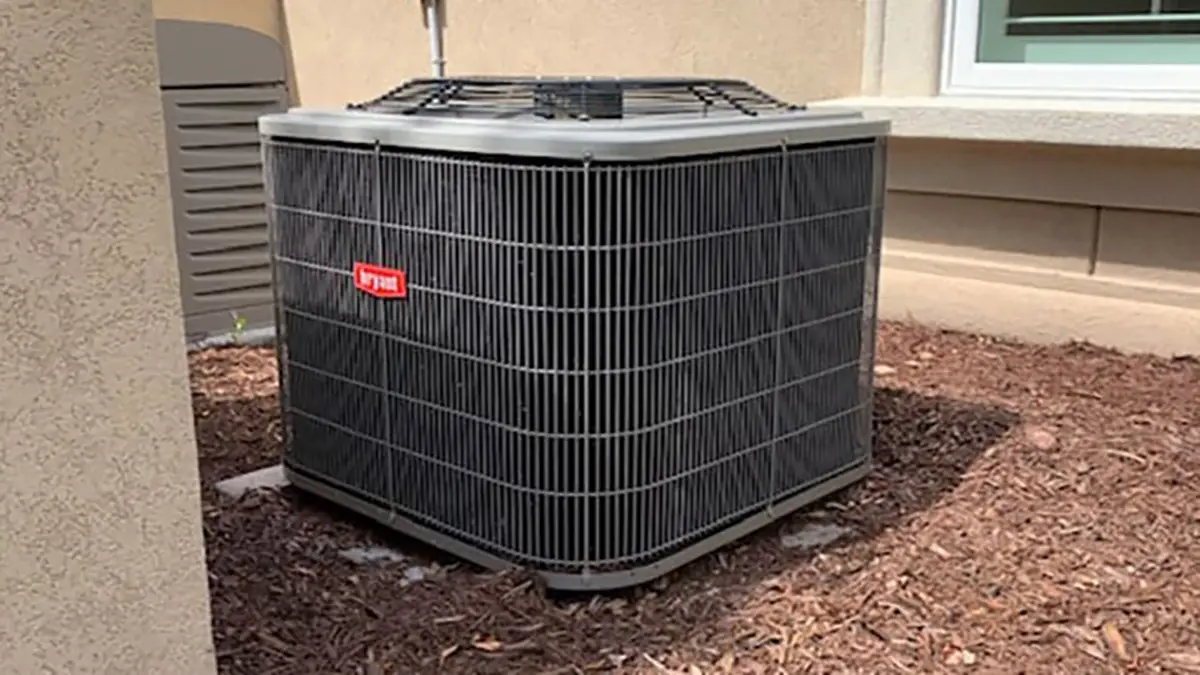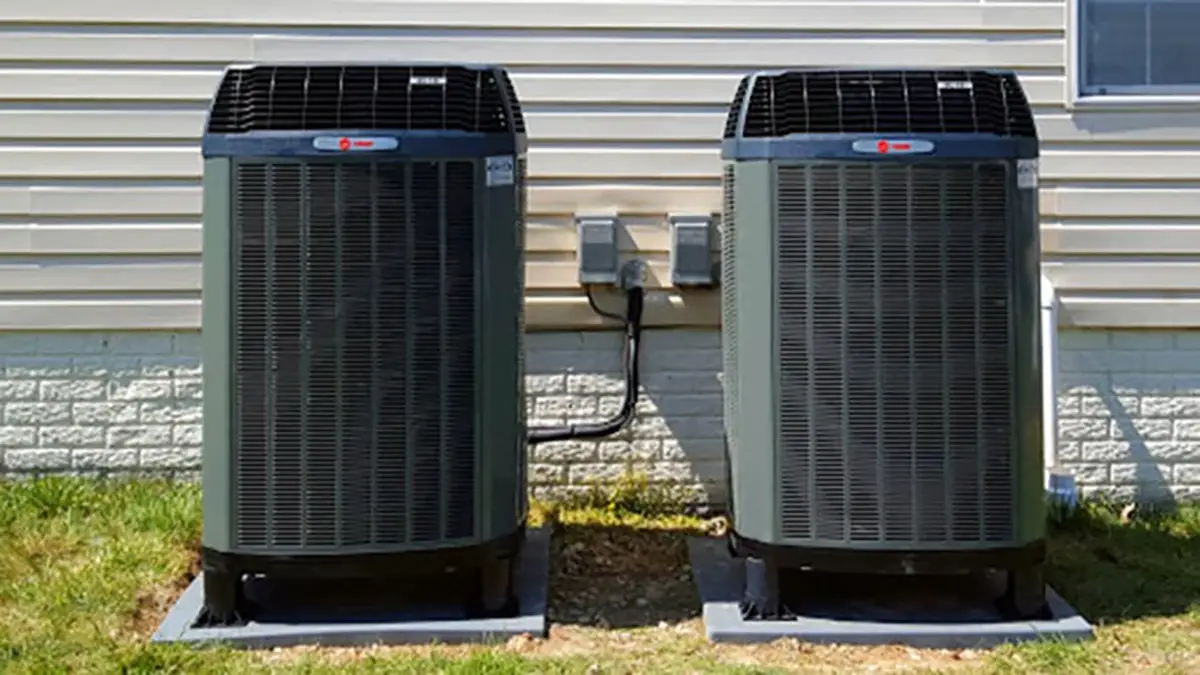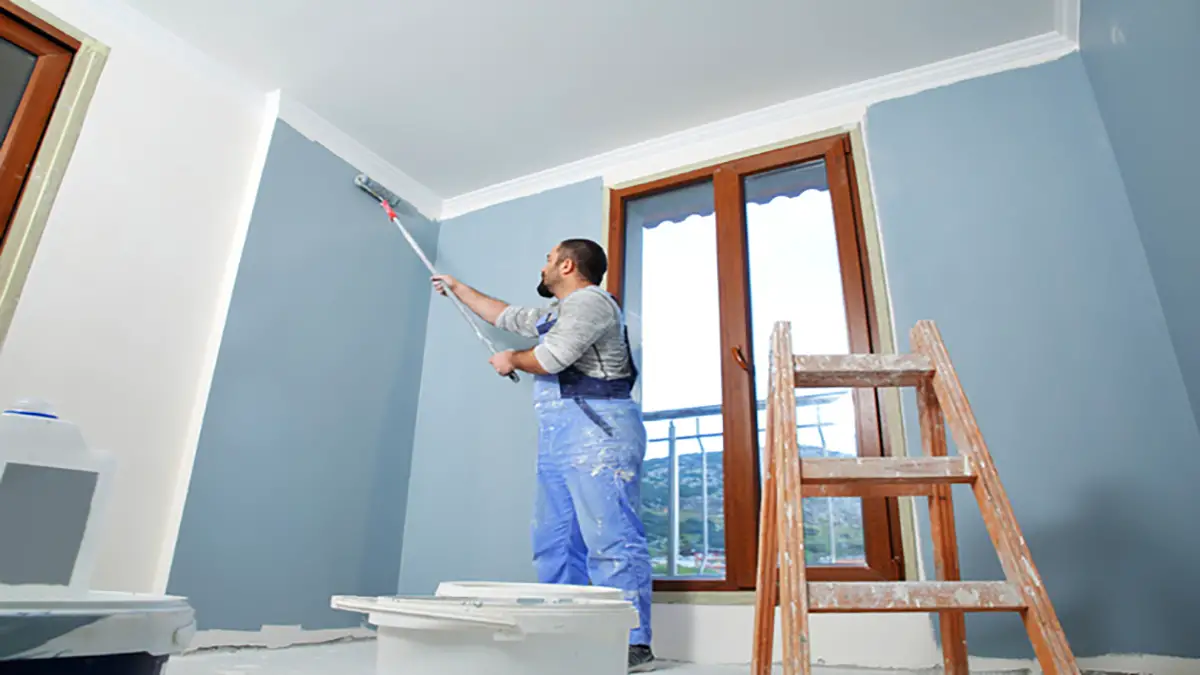Manual J calculation helps determine a residential or commercial building’s heating and cooling load. HVAC technicians use this process to select the correct heating and cooling system size you need to maintain a comfortable, energy-efficient, and healthy indoor environment.
Manual J calculations determine the ideal size of HVAC equipment needed to heat and cool your indoor space, which affects your HVAC system’s efficiency and performance.
Get FREE quotes from licensed HVAC contractors in your area today. Whether you need a new install, service, or basic repair We Can Help! All HVAC contractors are screened, licensed, and insured.
What Are Manual J Calculations?
As a general rule of thumb on manual j calculation, you’ll need 30-35 British Thermal Units (BTUs) per square foot. However, basing equipment sizing loads based on rules of thumb often produces errors.
Manual J Calculations is a process used in the heating, ventilation, and air conditioning (HVAC) industry to determine the appropriate size of your HVAC design. This process ensures optimal performance of your HVAC system, maximum comfort, and energy efficiency in your indoor space.
Importance of HVAC Sizing
HVAC load sizing is essential to ensure your indoor space remains comfortable and energy-efficient. Errors in HVAC sizing can cause a system to fail and lead to inefficient energy usage, discomfort, and increased costs.
An undersized system will fall under the load and eventually break down, whereas an oversized system will be inefficient, leading to increased cooling and heating costs.
- An HVAC system that is too small will struggle to maintain the desired indoor temperature and run continuously, leading to increased energy costs.
- An HVAC system that is too big will work well in cooling an area but will have trouble maintaining optimal humidity levels and temperature. Leading to increased energy costs, decreased comfort, and increased maintenance costs.
Knowing the correct size of HVAC equipment can ensure that you are comfortable inside, save money on your energy bills, and extend the life of your HVAC unit. Providing accurate load analysis is important for your comfort and well-being and the longevity of your HVAC system.
An oversized or undersized system can reduce efficiency, reduce the quality of life, and cause financial issues. So, understanding Manual J load analysis before taking a step further with HVAC systems is crucial, and we’ll dive deeper into this process in the following sections.
Manual J Load Calculation Process
The heat load calculation requires a deep understanding of various factors such as humidity, insulation, overall thermal resistance, and the heat loss of your indoor environment.
The calculation procedure involves using specific tools and software to determine the correct heating requirements for each room in your indoor space. This is important because different rooms in your home or commercial space vary in their heat load depending on the activities in those rooms.
After collecting the necessary data, the HVAC technician or contractor enters the information into the software, calculates the total cooling and heating load, registers required airflows, and recommends the necessary HVAC system capacity. This calculation helps to establish the required HVAC equipment specifications.
HVAC load calculations form the basis of sizing to ensure the ideal system components. Calculating the correct size of HVAC components provides an optimal level of heating and cooling, which results in maximum comfort, reduced energy bills, and an overall increase in the lifespan of the HVAC system.
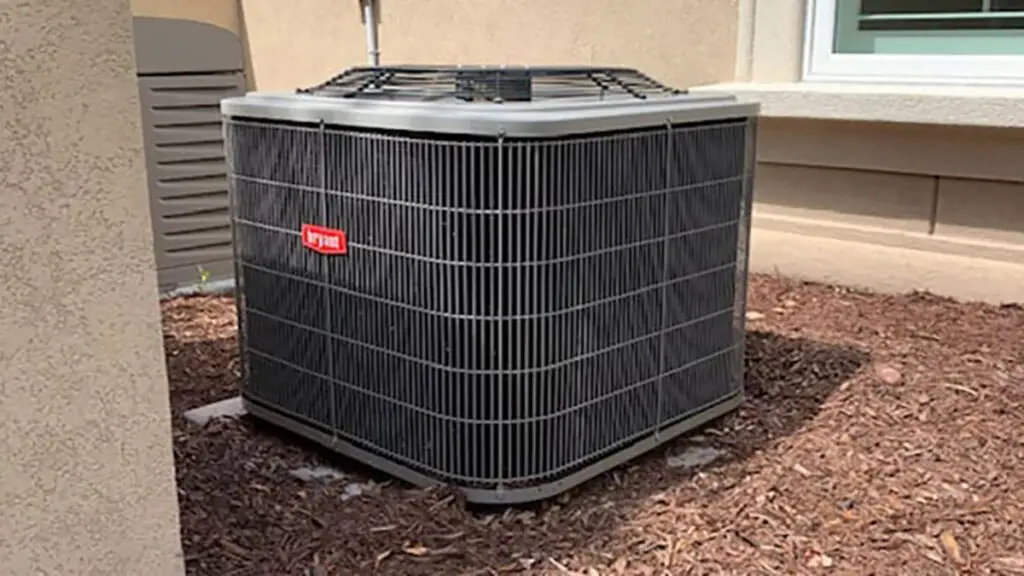
Manual J Calculation Formula
The basic formula for the Manual J calculation is:
- (House surface in square feet) x (height of the ceiling) = Cubic Feet
- (Number of occupants) x 100 BTU
- (Number of exterior doors) x 1,000 BTU
- (Number of windows) x 1,000 BTU
- Factor in your climate zone
For example, to calculate the estimated HVAC load for a house with 2,500 square feet with 10-foot ceilings, 12 windows, and 3 exterior doors occupied by 4 people, the formula would be:
- 2,500 x 10 = 25,000 cubic feet
- 4 people x 100 = 400
- 12 windows x 1,000 = 12,000
- 3 doors x 1000 = 3000
25,000 + 400 + 12,000 + 3,000 = 40,400 BTUs
1 ton = 12,000 BTUs
40,400 BTUs / 12,000 BTUs = 3.367 Tons
However, this does not factor in 2 significant elements: Your home’s insulation quality and regional climate.
Factors Involved in Manual J Calculations Online
Several factors are used to determine the appropriate size of the HVAC system needed for optimal performance. Below are some of the critical factors used in the Manual J Calculation formula:
Size of the House or Commercial Space
The size of the building (square footage) is a crucial factor in Manual J residential load calculations. The larger the building, the more heating and cooling capacity is required. The overall size of the building will determine the load size requirement per square footage.
You’ll need to measure the ceiling heights of each room. If using the total square feet, use an average ceiling height. You’ll need to estimate the height for vaulted ceilings as well. If you are calculating room by room, use the ceiling height for each room. You’ll need an average for our basic calculator.
Climate Zone
Climate zones are essential in calculating how much heating and cooling capacity a building requires. Different climate zones have unique weather patterns and temperatures that impact the heating and cooling required. A building located in a colder climate will require more heating capacity, while one in a hot environment requires more cooling capacity.
There are eight climate regions, as identified in the map above. You’ll likely want to avoid central heat pumps in regions 6, 7, and 8. Gas furnaces and boilers are ideal in these regions; however, you may also want to consider dual-fuel heat pumps, which utilize a gas furnace as a backup heat source.
In regions 1-5, all three systems are viable options, although heat pumps are the most popular in humid climates because of their efficiency.
Sun Exposure
Sun exposure is also critical for calculating HVAC load. Knowing how much direct sunlight affects a home can help inform the necessary size of an HVAC system. Building orientation (N, NE, E, SE, S, SW, W, NW) of your home impacts your home’s direct sunlight exposure.
Consider whether a house has south-facing windows. If the sun is making its way in, this will impact heat gain in the summer months when cooling systems need to be at peak performance.
During winter, passive solar energy can help with heating costs, so consider how much direct sunlight a home receives. Additionally, windows and skylights should be accounted for in the HVAC load calculation to determine the size system best suits an individual home.
Other external factors include if you have shade trees and your roof overhangs.
Insulation Value
The insulation value is a critical factor in determining the heating and cooling requirements of a building. Proper attic insulation minimizes heat flow into or out of the building. As a result, well-insulated homes will require less heating or cooling capacity compared to those without proper insulation.
Good ceiling insulation helps maintain the interior temperature at a desired comfort level. It prevents warm air from escaping in the winter and helps keep your house cool during summer. In addition to added comfort, it can also save you money on energy costs.
Number of Occupants
The number of people occupying a building is another critical factor in an HVAC load analysis. The number of people and appliances create heat within the building, which increases the latent load and needs to be factored into calculating the heating and cooling capacity.
According to ACCA Manual J, the number of occupants in a home is determined by adding one to the number of bedrooms. The calculation considers two individuals per Main Suite and one individual for each additional bedroom.
ACCA also recommends adding a 1,200 BTUh load for lighting and kitchen appliances to account for the appliance load.
Number of Windows
Windows are essential components of buildings regarding ventilation and light, but they also play a critical role in Manual J load calculations. The number of windows, the amount of sunlight entering through them, and their orientation can affect the amount of heat gained or lost inside the building. These factors are considered when determining the appropriate HVAC system size.
Window types vary from simple double-hung windows to the more complex bay or bow-style windows. Insulated windows are designed to reduce energy costs by providing improved thermal insulation versus single-pane glass or storm windows.
You’ll need to multiply the number of windows by 1000.
Number of Doors
Doors, like windows, are also critical in determining the heating and cooling capacity requirements of a building. They can be significant sources of heat gains or losses as they allow air to flow in and out of the building. The number of doors in a building affects Manual J load calculation.
You’ll need to multiply the number of doors by 1000.
DIY vs Professional Manual J Calculations
There are two options for manual heat load calculations:
- Perform the calculations yourself (DIY)
- Hire a professional HVAC contractor to handle the calculations.
Benefits of DIY Manual J Calculations
One of the primary benefits of DIY Manual J load calculations is the cost savings. Performing the calculations yourself means you don’t have to pay a professional HVAC contractor to handle the calculations.
Doing it yourself can also give you a sense of satisfaction in having control over the process. You can work at your own pace and sometimes achieve the same results as a professional.
Cons of DIY Manual J Calculations
One of the main disadvantages of do-it-yourself calculations is the potential for errors. Manual J calculation worksheets can be complex, and an error likely leads to a wrong-size HVAC system, resulting in increased energy bills, discomfort, or equipment malfunction.
Additionally, if you do not have the correct tools or software, you may have an incorrect outcome affecting the sizing of the HVAC system.
Benefits of Professional Manual J Calculations
Working with a professional HVAC contractor comes with many benefits. One significant advantage of hiring a professional is their expertise and experience. They have the technical know-how and specialized tools to accurately perform ACCA Manual J load calculations.
A professional HVAC contractor ensures that all critical factors unique to your building are considered, including the type of building construction, insulation levels, number of occupants, windows, and doors.
In addition, having a professional contractor perform a blower door test on your home is one of the best ways to determine if there are any air leakage issues. In this test, a special device is placed in an exterior doorway to measure the air pressure differential between the inside and outside of a house.
This helps identify areas where air can escape or enter your home, allowing you to address these issues before purchasing a new HVAC system.
Many newly built homes test the building envelope for air leaks during residential building construction and place a certification label on the electrical panel door to meet local code requirements as part of the building permit.
Cons of Professional Manual J Calculations
One of the possible downsides of professional ACCA Manual J heat load calculations is finding the right HVAC contractor.
Choosing the wrong contractor can result in the wrong size of the HVAC system installed, leading to excessive energy use and reduced home comfort. However, carefully selecting a reputable HVAC contractor can quickly overcome this challenge.
Why Accurate Manual J Calculations are Essential
Accurate heat load calculations are essential for Heating, Ventilation, and Air Conditioning (HVAC) systems. Failing to get accurate Manual J heating and cooling load calculations can lead to a range of issues, including the ineffectiveness of the HVAC system, increased energy costs, and a reduced system lifespan.
Improved Comfort
Manual J load calculation software ensures that your HVAC system is correctly sized for your space, which promotes optimal comfort. Accurate Manual J loan calculations confirm that the HVAC system is not too big or too small for your space, providing the proper heating and cooling needed and keeping you comfortable throughout the year.
Reduced Energy Costs
Wrongly sized central systems can lead to inefficiency and unnecessary energy costs. For instance, an oversized system will continuously turn on and off, leading to increased energy bills and excessive strain on the system.
On the other hand, undersized central systems run longer than necessary and work harder to maintain the desired temperature, leading to higher energy consumption. Accurate load calculation software ensures that the HVAC system is correctly sized for your space, leading to reduced energy bills.
Increased Longevity of HVAC Systems
Correct Manual J HVAC Calculations ensure that the HVAC system operates optimally, preventing wear and tear and extending the system’s lifespan. HVAC systems that are too big or small for the space put unnecessary strain on the system, leading to damage and costly wear and tear.
Frequently Asked Questions
Can I do my own Manual J calculation?
You can do your own Manual J calculation using an online calculator to get an estimated tonnage. This is helpful when buying or upgrading your air conditioning or heat pump system.
How much does a Manual J load calculation cost?
The cost of a Manual J load calculation varies depending on factors such as the property’s size and the HVAC system’s complexity. It is best to contact local HVAC professionals or energy consultants to get accurate pricing information for your specific project.
Are Manual J calculations necessary?
Yes, a Manual J load calculation is necessary for accurately determining the heating and cooling requirements of a home or commercial building.
How do you calculate HVAC requirements?
You can estimate your HVAC requirements by multiplying 25 x the square footage to get an approximate BTU. If your ceiling height is over 8 feet, multiply the BTUs by 1.25.
What is the difference between manual J and S?
Manual J is a calculation method used to determine the heating and cooling load requirements of a building. Manual S is used to select the appropriate HVAC equipment based on the requirements determined by Manual J.
Can your HVAC be too big?
An oversized HVAC leads to short cycling, uneven temps, high humidity, higher costs, and reduced comfort and air quality.
How often should Manual J calculations be redone for a property?
Manual J calculations should be redone if there are significant changes to the property, like renovations, extensions, or major changes in insulation or window types.


